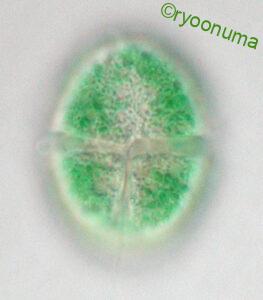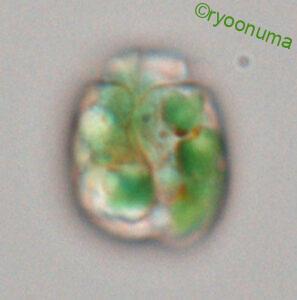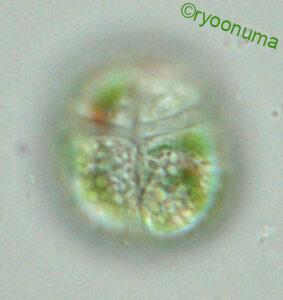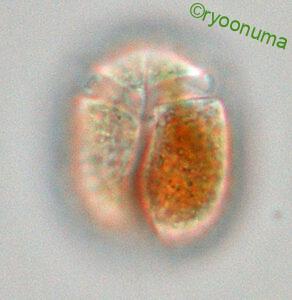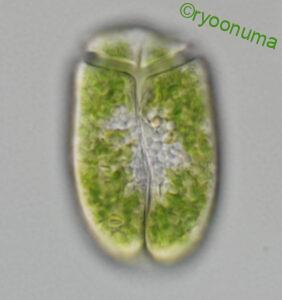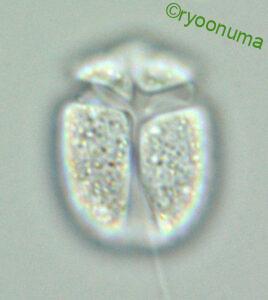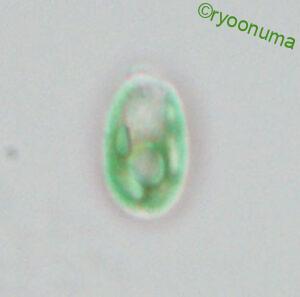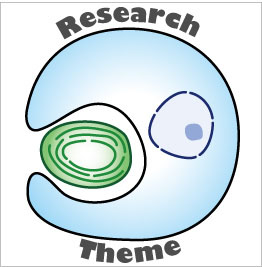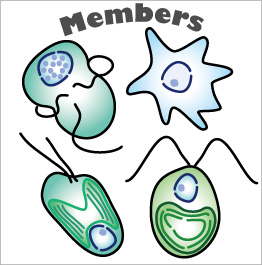Plastids in algae and plants are organelles derived from the phenomenon of endosymbiosis in which organisms that originally lived by feeding on other organisms (heterotrophs) incorporated photosynthetic organisms into their cells and eventually integrated as a single organism. The acquisition of plastids through this endosymbiosis is thought to have occurred in several eukaryotic lineages, and is a powerful driving force in the evolution of organisms without chloroplasts to become algae.
Algae were originated from endosymbiosis in which two organisms integrated to one organism, but many questions remain about the evolutionary process of the endosymbiosis. Our laboratory aims to unravel mechanisms behind the evolution that transformed non-algal organisms into algae by focusing on organisms that exhibit the “kleptoplasty” (stolen plastid), a phenomenon that appears to be intermediate stage in the process of becoming algae.
Photos of research materials
